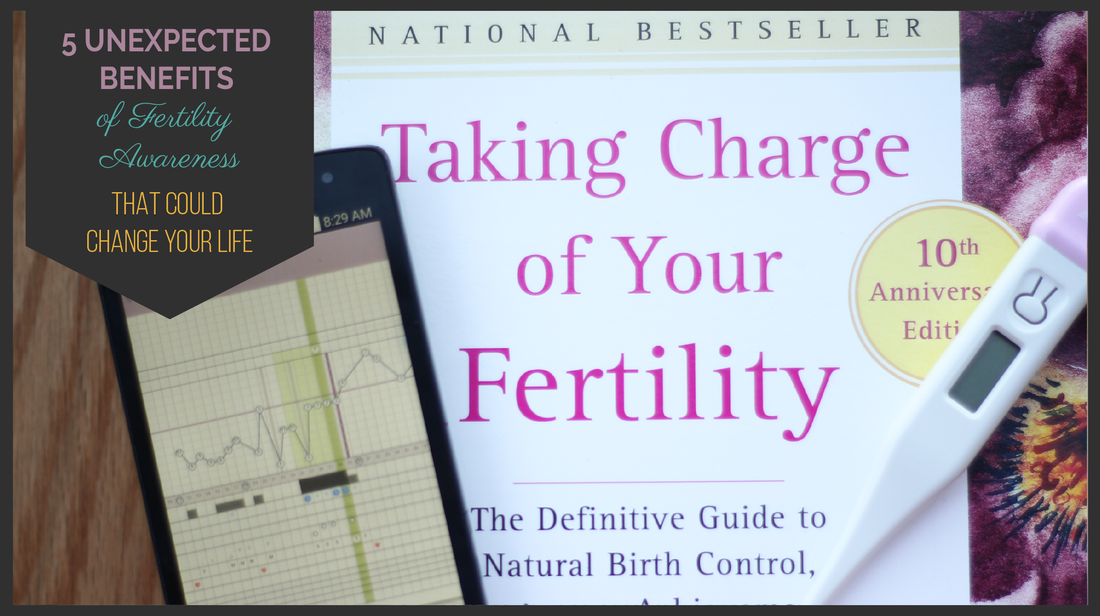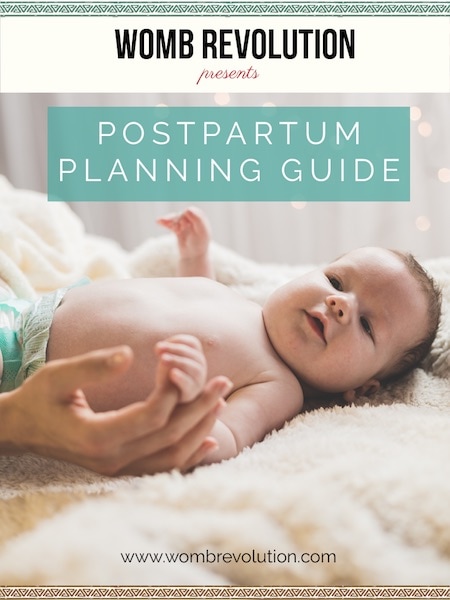It’s crucial to have support in our communities, especially surrounding traditionally taboo topics like menstruation, birth control, and sex. In my personal experience and in the stories of the people I have served, we are up against coercion, dismissing of pain, and misinformation. It’s critical that we know our rights, that we know how our bodies work, and that we have the information to make us experts on our own bodies. Everyone is entitled to this.
|
When I introduce myself to people, the question I hear most often is “What’s a birth control doula?” The word doula was used in ancient Greece to mean “servant woman.” The current definition has a closer meaning to “a person who serves women.” Birth control doula is a term coined by Emily Varnam (co-founder of The Fifth Vital Sign). A birth control doula provides emotional and educational support for people as they choose or transition between birth control options. It’s crucial to have support in our communities, especially surrounding traditionally taboo topics like menstruation, birth control, and sex. In my personal experience and in the stories of the people I have served, we are up against coercion, dismissing of pain, and misinformation. It’s critical that we know our rights, that we know how our bodies work, and that we have the information to make us experts on our own bodies. Everyone is entitled to this. “It’s critical that we know our rights, that we know how our bodies work, and that we have the information to make us experts on our own bodies. Everyone is entitled to this.”
1 Comment
THERE IS A NEED FOR ALTERNATIVE CONTRACEPTIVE METHODS This is an exciting time to be a menstruator. Many people are choosing to leave behind hormonal birth control and follow a fertility awareness based method instead. There are dozens of new companies popping up to fill a need for natural contraceptives and as a result, new opportunities have arisen for people to take control over their own fertility without medical intervention. But as Spider Man’s Uncle Ben so aptly reminds us “with great power comes great responsibility.” After all, the stakes are pretty high when we are talking about someone’s ability and desire regarding reproduction.
-By Michele Drake I have spent the last few years passionately listening to women talk about their health, and a few trends have become apparent. One of the most startling, but also most common, stories I hear is about people being invalidated by their doctors or healthcare providers (see my blog post about informed consent). This is infuriating for many reasons, but mostly because no one knows your body better than you. You should be your #1 resource in your own healthcare. For me, this means being observant and curious about my own body.
The symptothermal method is a Fertility Awareness Method which requires tracking cycle days, basal body temperature (BBT), and cervical fluid observations. When you learn to observe and record these fertility signs, you will be able to clearly see how long your cycles are, if and when you ovulate, and determine whether or not you are fertile. To clarify, fertility is a measure of health- whether or not you are trying to conceive. Healthy bodies are fertile bodies, so even if you choose not to reproduce, you should still be working toward a healthy, ovulating body.
Below are my top 4 reasons for charting menstrual cycles (and none of them are for conception or contraception). Guest blog post by Michele Drake. Are you interested on blogging for Womb Revolution? Contact us! Disclaimer: This blog post is not intended to dissuade anyone from using hormonal birth control (as each person’s needs are unique), but rather to empower all people to make the best possible decisions they can for themselves.
One of my greatest concerns is a trend that I have observed in the stories that many women have shared with me: a lack of information and explanation that patients receive from their healthcare providers about their bodies, symptoms, medications, and procedures. I’ve heard countless stories of a woman’s pain being normalized, of concerns being mocked, and of women discovering, after the fact, that they truly didn’t understand the potential consequences of the medical intervention they consented to.
I was surprised to learn--at twenty-five-years-old--that my birth control implant works, in part, by suppressing ovulation. This may not seem significant, so let me elaborate. I had been using hormonal birth control for ten years, five of which were with the use of an implant. I am college educated and went to public school in New York State since kindergarten. Why did it take a decade of hormonal contraceptive use before I learned how and why it works? How had I missed this? The other day I was showing my menstrual cup collection to some friends who were interested in learning about them and we ended up on the topic of cervixes. I don’t even know how, but I found myself pulling out one of my books and looking for a picture of a cervix at two different stages of the menstrual cycle. One of my friends got a little grossed out at the images and confessed never feeling comfortable about bodily things. “Have you always been so open and comfortable with these subjects?” she asked.
|
AuthorMarissa Rivera Bolaños is a doula and visual artist with a passion to create change around the way our culture approaches women's health. Archives
February 2024
Categories
All
|







